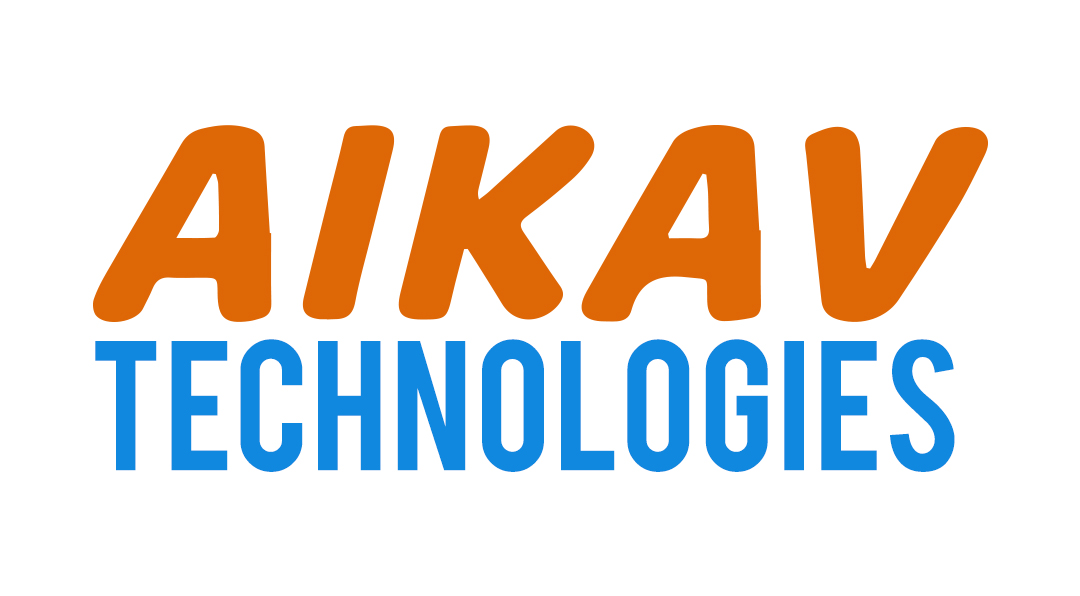
Drupal 11.0.0 has officially launched, marking an exciting milestone for both current users and those considering making the switch! This dynamic, accessible, powerful, integration-ready, and secure CMS has undergone significant improvements from Drupal 10 to Drupal 11. Whether you're managing content, building features via the user interface, or developing custom solutions, Drupal 11 makes everything easier. For those upgrading from older versions like Drupal 7, the changes will be striking. The advancements are clear—from a sleek admin interface and smooth content editing to simplified theming workflows and enhanced decoupling options. As Drupal 11’s official landing page states, “Build the best of the web.” Let’s dive into Drupal 11 and explore the exciting new tools it offers for achieving this vision. Some fantastic features are already here, with even more on the way in upcoming releases like Drupal 11.1 and 11.2—because, as we know from Drupal’s continuous evolution, innovation is always on the horizon!
Why was Drupal 11 released so "early"?
With Drupal 10 launching in December 2022, the arrival of Drupal 11 just a year and a half later might seem unexpected. However, Drupal core initiative coordinator Gábor Hojtsy explained the reasoning behind this in his DrupalCon Portland 2024 session, *"Drupal 11 - Deep Dive: What's New, How to Prepare."* According to Gábor, the early release of Drupal 11 was intentional, allowing plenty of time for users to upgrade. While Drupal 10 will be supported until mid to late 2026, and Drupal 12 is expected afterward, the overlapping support across versions provides a smooth transition for the community. Unlike previous versions, there was no urgent need to release Drupal 11 due to the end of life (EOL) of crucial third-party dependencies. However, Gábor emphasized that the Drupal team wanted to release Drupal 11 this year to innovate on top of it and provide long-term support. To ensure its future-proof viability, Drupal 11 was equipped with the latest third-party dependencies, offering the most robust and sustainable support for the years to come.
How Does Drupal 11 Relate to Drupal Starshot?
At DrupalCon Portland 2024, Dries Buytaert made an exciting announcement about the Drupal Starshot Initiative, which aims to create a completely new version of the Drupal CMS, designed to offer the best out-of-the-box experience. This new version will be available for download alongside the traditional Drupal core.
Gábor Hojtsy explained that Drupal Starshot will likely be built on top of Drupal 11 core. Drupal core’s role is to provide stability and reliability, with the necessary components to support the development of Starshot. For example, Drupal core includes essential features like Recipes, Package Manager, Project Browser, Automatic Updates, and other crucial building blocks for Starshot.
Starshot will be installable from the standard Drupal core profile via a “recipe” (a new feature that we’ll explore shortly). While some Starshot features will be part of Drupal core, others will not, as Gábor pointed out.
Are Drupal 11.0.0 and Drupal 10.3 Alike?
It’s evident that Drupal 11.0.0 arrives shortly after Drupal 10.3, and they share many similar features. According to the official press release, Drupal 10.3 retains compatibility with some older features to ease the upgrade process, while Drupal 11.0.0 introduces some key changes. Both versions share most features and APIs, making it easier for modules and themes to be compatible with both.
Some of the key updates in Drupal 11.0.0 include:
- Removal of outdated code, including certain modules and themes
- Upgrades to third-party dependencies
- Updates to platform requirements, such as PHP, databases, Composer, and supported browsers
The Most Important New Features of Drupal 11
Recipes — Pre-Packaged Functionality Kits
Drupal 11 introduces the powerful concept of Recipes, which are predefined feature packages that allow you to easily add new functionality to your website. Recipes are a key component of Drupal Starshot and can be used to rapidly build any desired functionality by installing modules, configuring settings, and even adding default content.
What sets Drupal Recipes apart is their flexibility. Unlike traditional Drupal distributions or installation profiles, Recipes can be applied to a website at any time, allowing you to mix and match different features. This flexibility makes it easier to customize your site on the fly. Technically, Recipes are considered configuration entities, meaning they are applied rather than installed, streamlining the process of site-building.
